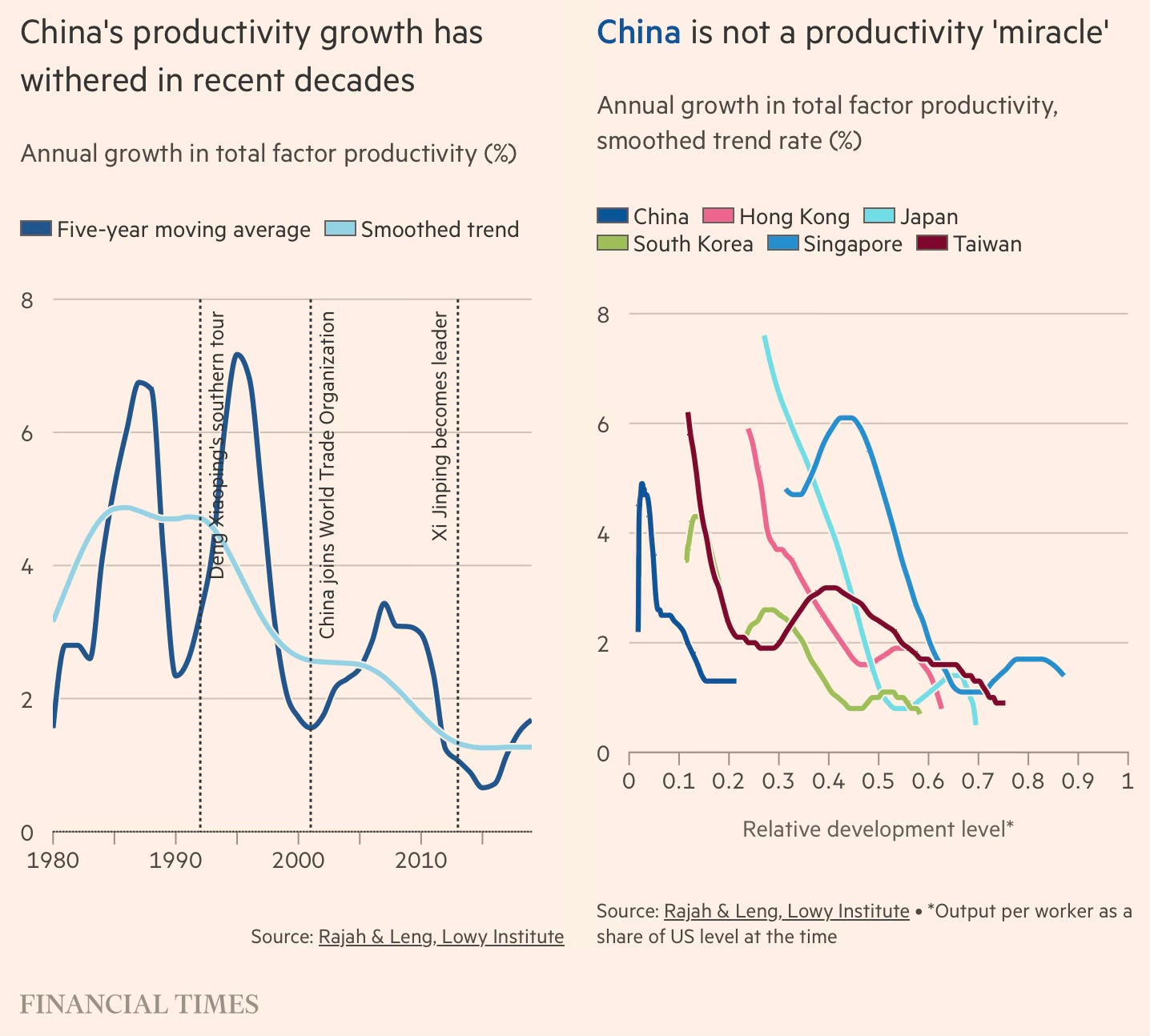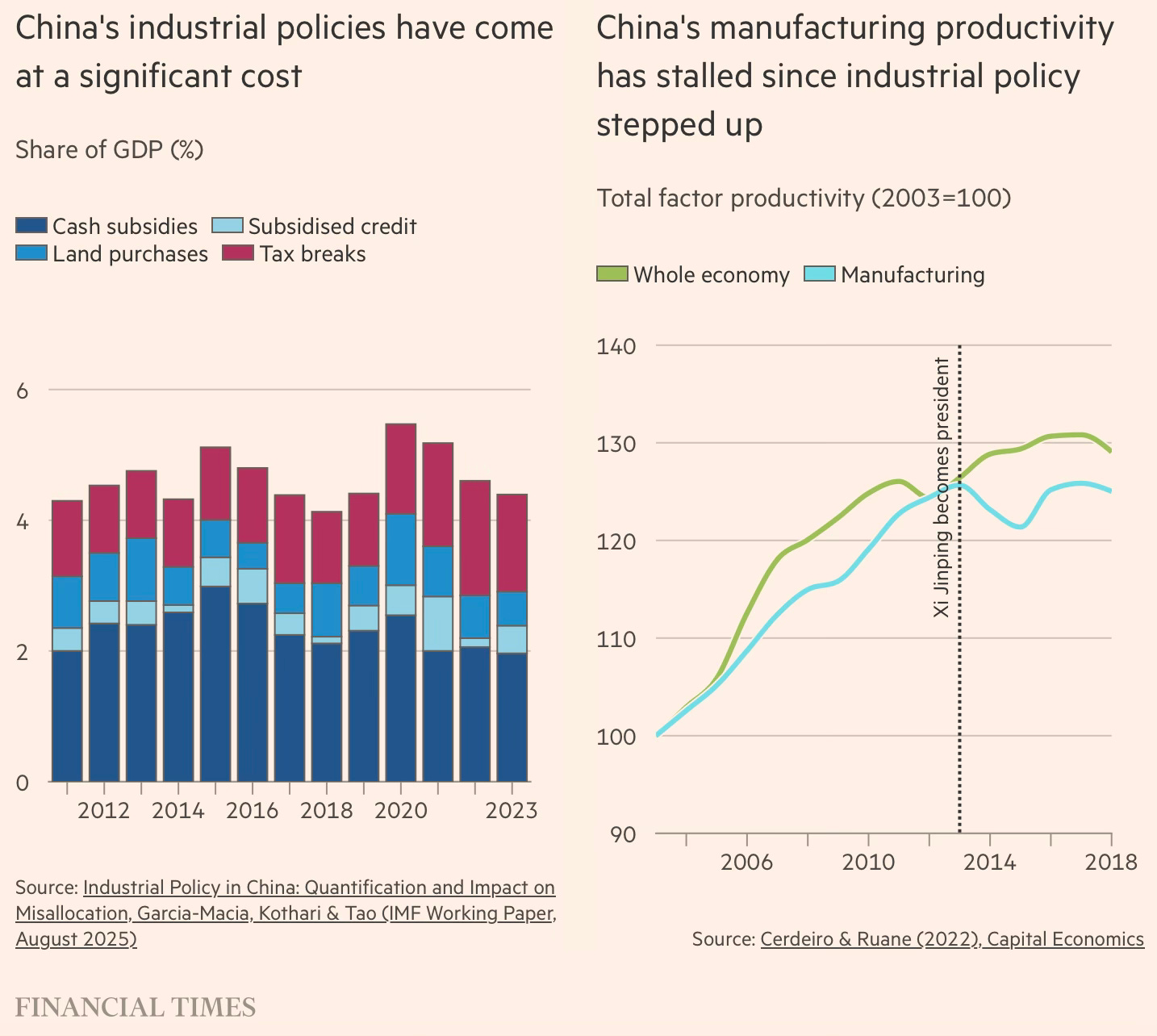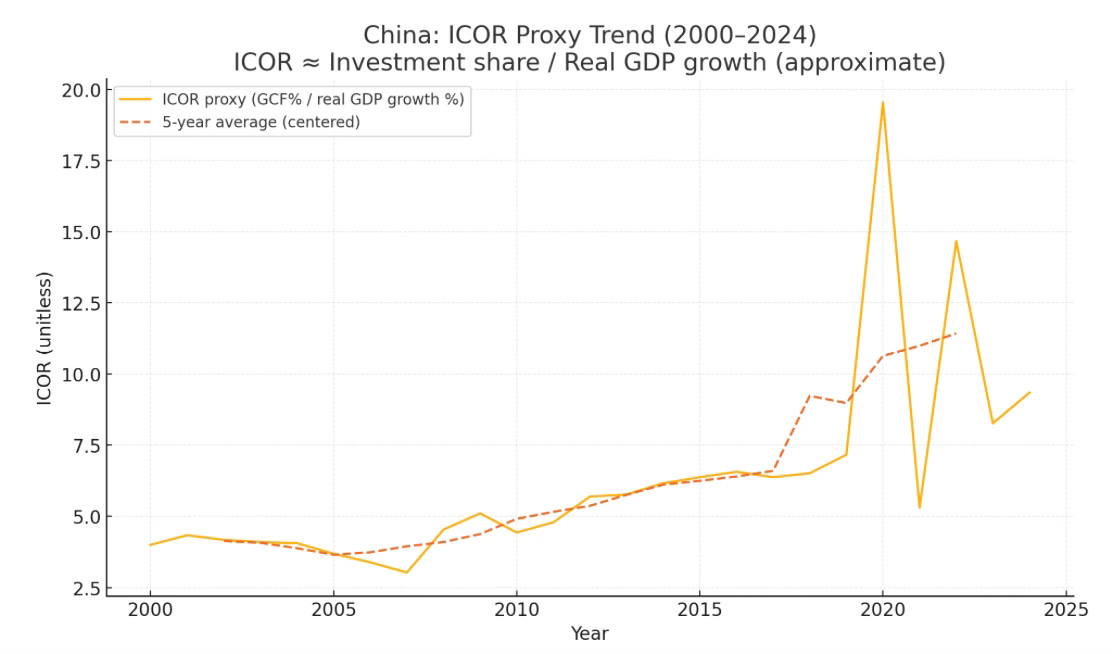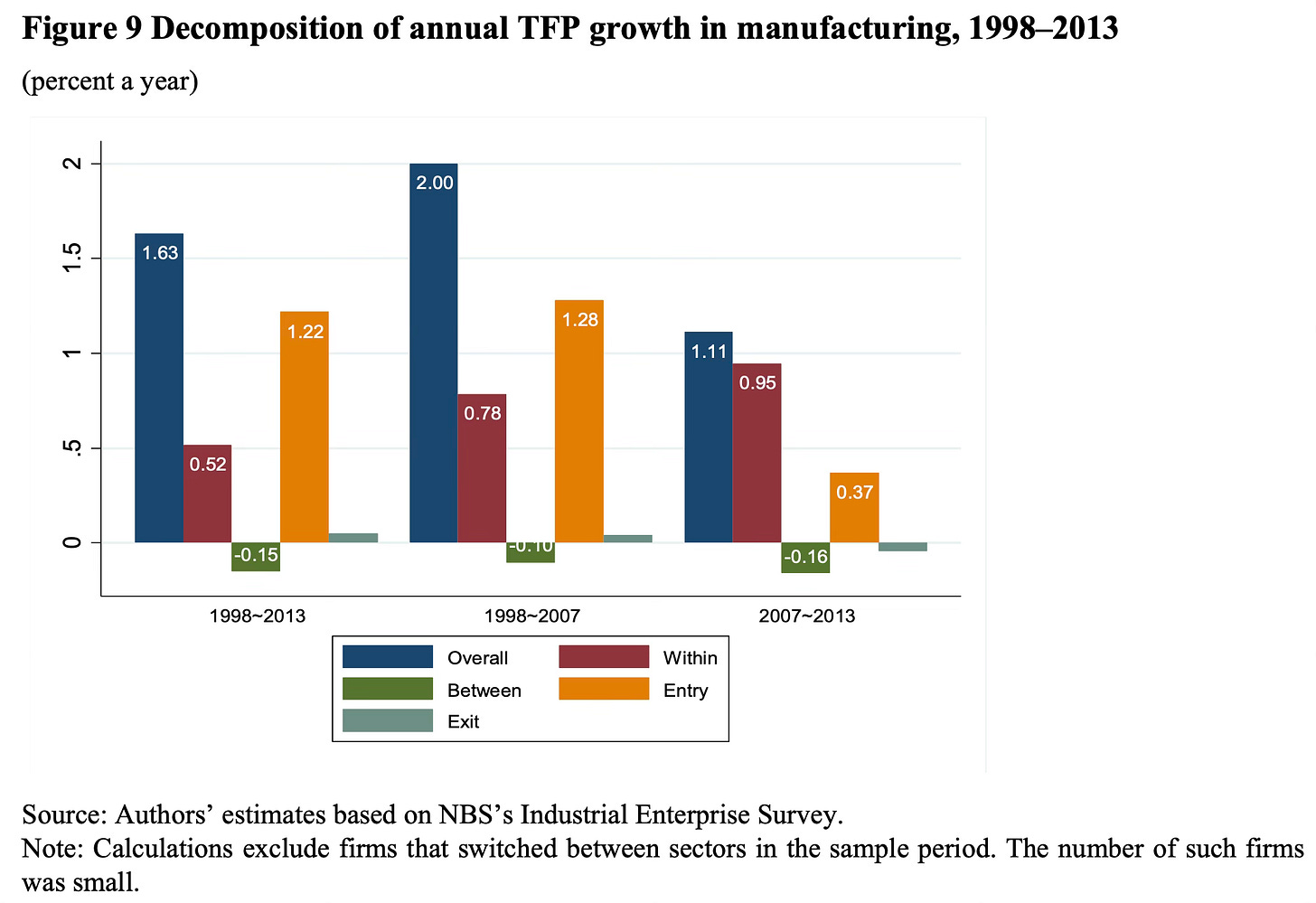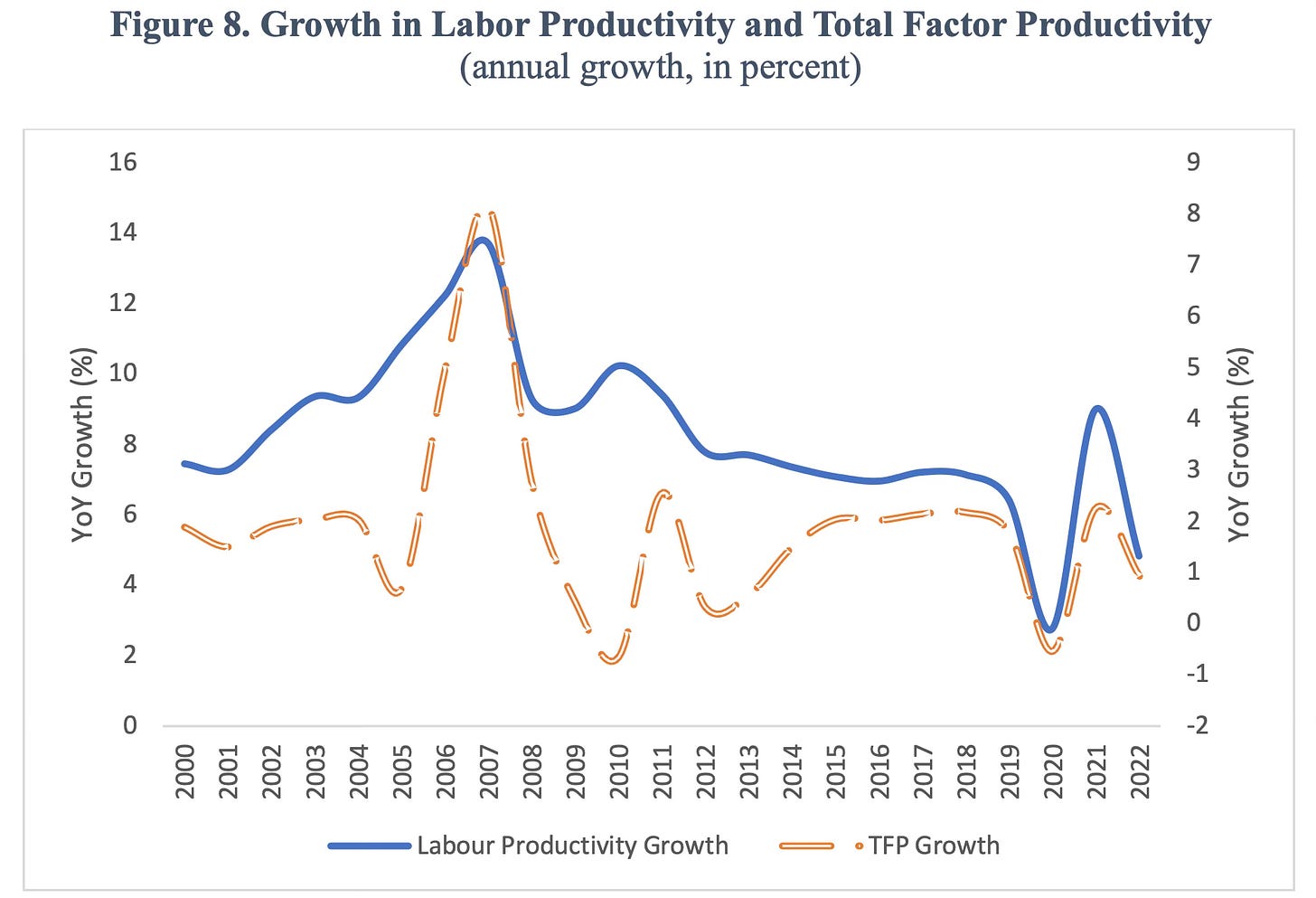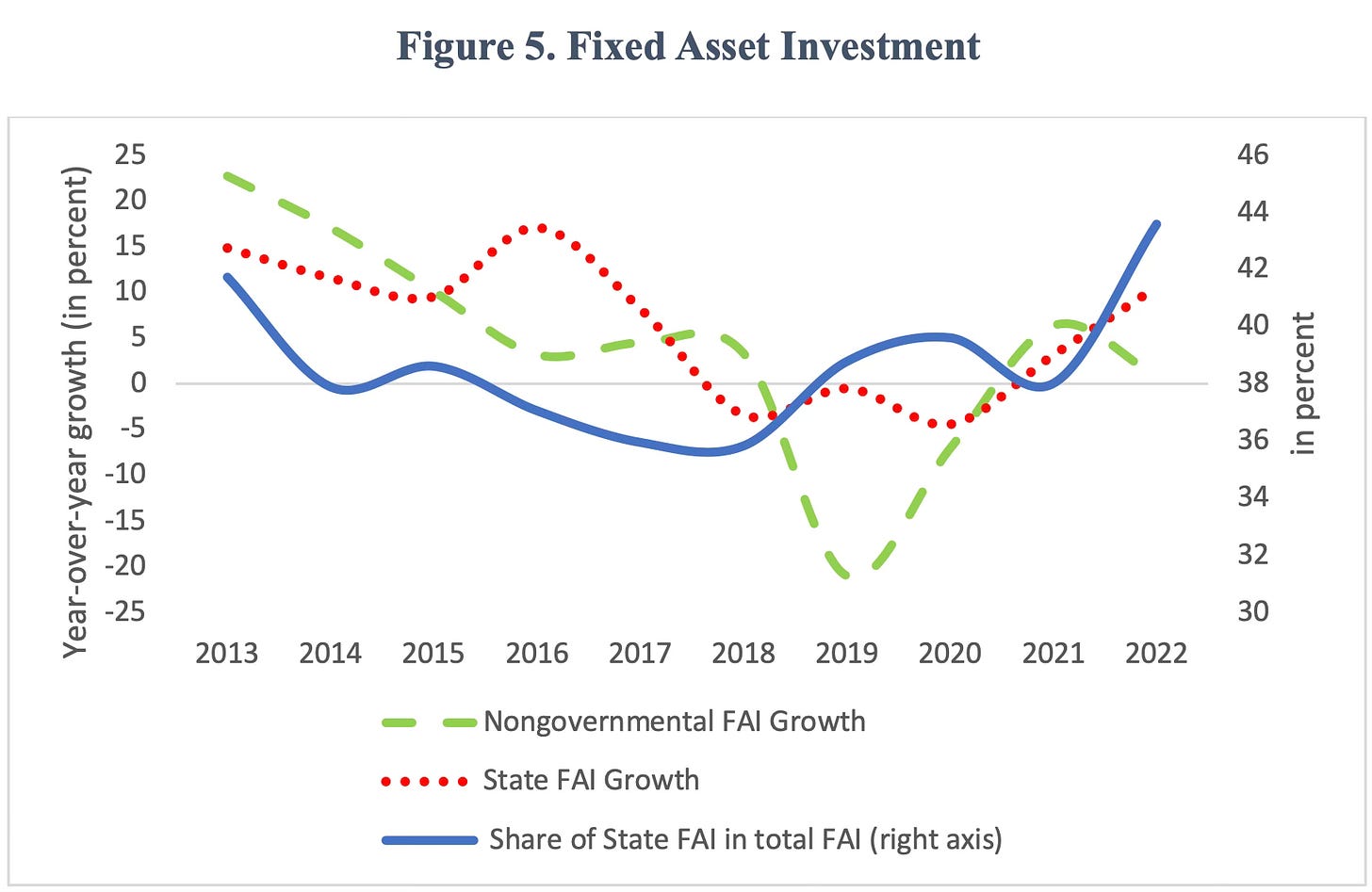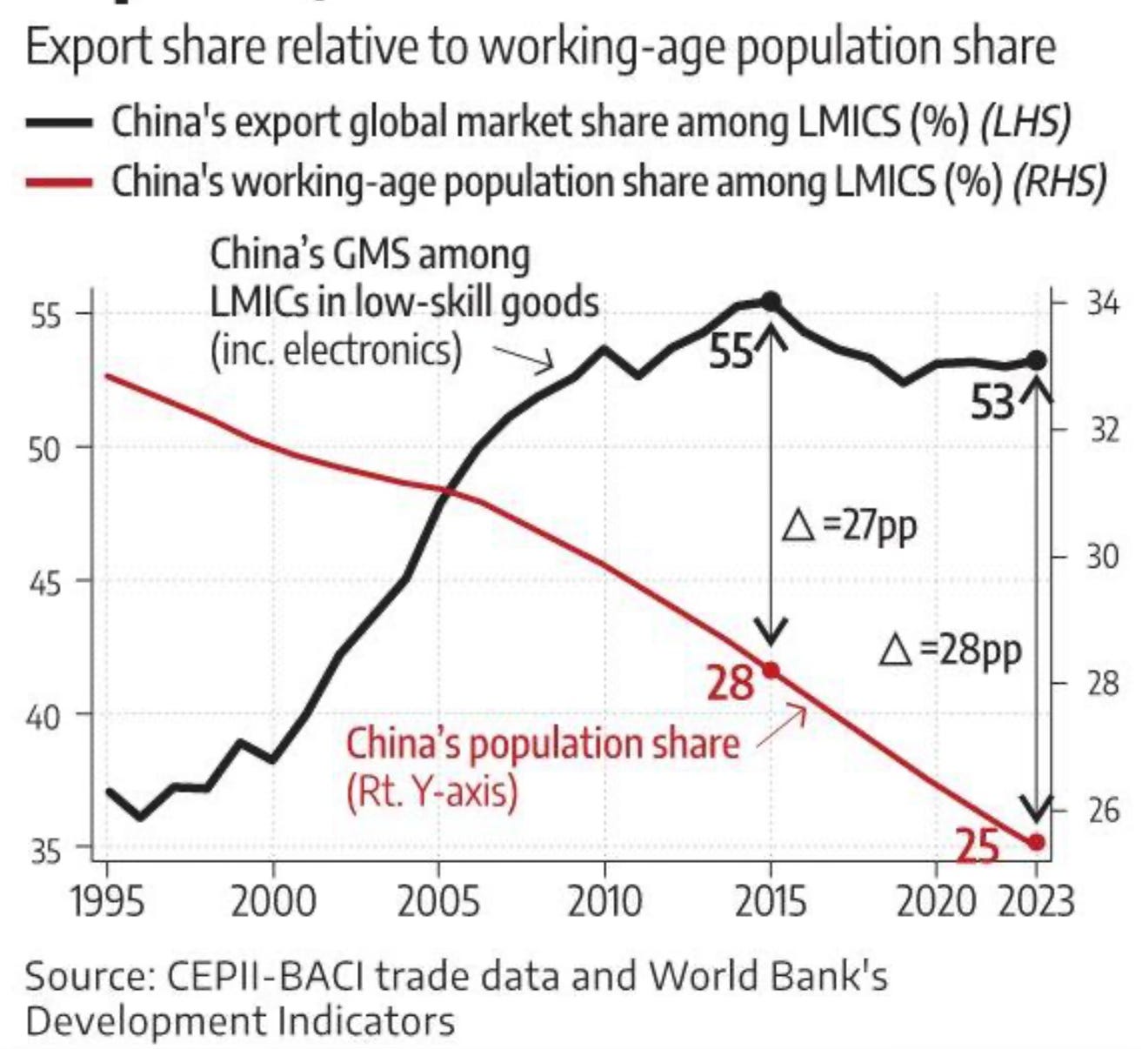Trump issued an executive order on Friday afternoon saying that imports of certain goods that were generally not grown or produced in the US would no longer be subject to “reciprocal tariffs” — the high levies he set based on emergency powers starting in April. The president’s order said the tariff exemptions would apply to common and tropical fruits including oranges, tomatoes and bananas — as well as cocoa, coffee and tea. Beef imports were also included in the list, as well as spices and some fertilisers, according to a factsheet provided by the White House.
Beef prices have surged in the US, with the average price of a pound of ground beef rising 13% in a year, while uncooked steaks rose 11%, leading to steakhouses raising prices or trimming portions or both.
Before the Trump administration levied a sweeping 50 per cent tariff on Brazil in July, the US had been steadily increasing imports from Brazil in order to keep up with domestic demand. In the first five months of 2025, the US imported some 215,000 tonnes, more than double during the same period in 2024. After July, the effective rate for out-of-quota Brazilian beef rose to more than 76 per cent. Exports to the US, Brazil’s second-largest beef market year-to-date, fell 41 per cent in September to $102.9mn.
2. Continuing on the tariff front, Switzerland has reached an agreement with the US to lower tariffs from 39% to 15%, the same rate as EU exports to the US. In return for the deal, Swiss companies have promised to invest $200 billion in the US by the end of 2028. White House has said at least $67 of the investment would occur in 2026, and Swiss businesses would set up apprenticeships and training programs in the US.
This also follows trade deals with Argentina, Guatemala, El Salavador, and Ecuador over the week.
3. Good news on the South African economy, as S&P upgrades sovereign ratings for the first time in two decades to BB, two notches below investment grade, on the back of reforms and fiscal revenues.
The rolling blackouts that hamstrung the economy have largely been avoided this year and Eskom, the state power company, returned to profit after eight years of losses and reliance on government bailouts... S&P said the upgrade reflected South Africa’s recent record of budget surpluses, excluding interest payments, and less financial pressure from Eskom... After a decade in which GDP expansion remained below 1 per cent, there have been other positive developments. The country was recently removed from the Financial Action Task Force’s grey list while the survival of the government of national unity has improved investor confidence. This week, the government cut its inflation target for the first time this century to 3 per cent, bolstering a rand rally...S&P said it expected South Africa’s GDP growth to pick up to 1.1 per cent this year, from 0.5 per cent in 2024. South African assets have stood out this year even in the midst of a rally in other emerging markets, while the rand is up about a tenth against the dollar in spot terms. The Johannesburg all-share index has risen about a third this year, or nearly 50 per cent in dollar terms. The yield on South Africa’s 10-year rand government debt has fallen from 11 per cent in April to about 8.7 per cent.
3. The latest in rent-seeking by the Trump family is a report that the Trump Organisation is in talks to bring a Trump-branded property to a $63 billion government-owned project that is set to transform the historic Saudi town of Diriyah into a luxury destination with hotels, retail shops, and office space. The Organisation is also talking to bring Trum branded property to other developments in Saud Arabia.
The negotiations are the latest example of Mr. Trump blending governance and family business, particularly in Persian Gulf countries. Since returning to office, the president’s family and businesses have announced new ventures abroad involving billions of dollars, made hundreds of millions from cryptocurrency, and sold tickets to a private dinner hosted by Mr. Trump... In Saudi Arabia, a Trump tower is planned for Jeddah, and two projects have been announced in Riyadh. A Trump hotel and tower has moved forward in Dubai, the largest city in the United Arab Emirates. And a golf course deal in Qatar has put the Trump family in business with a government-owned real estate firm there... Each venture generates licensing fees for using the Trump name... Licensing deals can be lucrative, particularly if a development does well. Often, a company is paid for the use of its name and is not required to invest any money in the project itself. The Trump Organization’s licensing agreements are not public, making it impossible to know the terms.
4. Sustainable high growth rates in India is not possible without broad-basing aggregate demand. More here.
5. Corporate India's R&D problem in a graphic.
And global comparison.Most of the top six sectors saw a dip in their share in the R&D expenditure by Nifty 100 companies during FY23-25.
6. Retail is an illustration of the deeply price-sensitive and low-margin nature of Indian market.
Foreign brands including West Elm, Pottery Barn and Superdry have stores in Reliance’s shopping malls in upmarket Mumbai. However, those joint ventures have largely struggled to gain traction with shoppers in India, where the per capita income remains less than $3,000. The conglomerate’s foreign brands business housing these joint ventures lost Rs2.7bn ($30mn) in the financial year through March 2025, according to the latest available accounts... Reliance’s high-profile partnership with fast-fashion retailer Shein has also been underwhelming... Shein’s app has been downloaded just 11mn times so far, according to market intelligence firm Sensor Tower. Its discount prices are largely matched, if not undercut, by many Indian ecommerce and fashion retailers, say analysts... Blinkit, Swiggy and Zepto, which together control more than 90 per cent of the quick commerce delivery market and compete with Amazon and Walmart-owned Flipkart. None of the companies are profitable.
7. Arvind Datar has a good explainer of the telecommunications adjusted gross revenue issue that the Supreme Court has just allowed for reconsideration (after having created the problem in the first place).
8. Even as Delhi grapples with toxic air pollution levels, here's something from England.
In my home country of England, levels of PM2.5 — fine particulate matter which is widely seen as the most damaging pollutant to human health — have plummeted. A report by the Institute for Fiscal Studies describes “remarkable progress” over the past two decades. Between 2003 and 2023, the average level of PM2.5 roughly halved in every region of England, and almost everywhere is now already below the target the UK government set for England for 2040.
Also India's VC industry facts
The country has created more than 120 unicorns, start-ups valued at more than $1bn, according to Tracxn — the third highest number after the US and China. Indian and international venture capital firms have invested $96bn over the past five years, according to consultants Bain, in around 8,000 funding rounds. Most of this has come from foreign investors but the domestic long-term capital base is developing fast, from family offices to insurance companies and pension funds.
9. The remarkable precision of Chinese economic forecasts raises red flags.
10. The spectacular reduction in the cost of renewable energy.Since 1976, the price of solar modules has fallen by 99.6 per cent. With each doubling of installed capacity, the price fell by 20 per cent.
Rachel Reeves: one of life’s triers, but never cut out for this particular office at this particular time. At next week’s Budget, she will announce a second round of tax rises, which she said would never come. She has spent 2025 fanning and then dousing speculation about certain levies, such as higher income tax, with predictable effects on confidence. (A Tory who behaved like this would be called a vandal.) Most workplaces, including newspapers, contain staff who are out of their depth but survive because the boss is too embarrassed to fire them. They just tend not to be the second-highest person in the organisation.
And on her boss, the Prime Minister, Keir Starmer.
There were warnings about Starmer’s character in opposition. He let others stand up to Jeremy Corbyn, whom he served in shadow cabinet. He let others fight woke dogma, until the tide turned against it. Even now, he makes liberal use of human shields. Notice that every crisis for Starmer quickly becomes a conversation about his underlings. His then chief of staff Sue Gray used to be the problem. Now it is her successor Morgan McSweeney. What rotten luck the prime minister has with recruitment. The British are having to relearn a lesson that Theresa May should have fixed in their minds forever. Don’t assume that uncharismatic people have hidden depths. Being boring does not make someone a “technocrat”. One can be dull and inept.
12. Britain has the biggest difference between the bottom and top tax slabs.
According to the latest figures from the OECD, 45 per cent of top earners’ salaries goes on taxes and social contributions, compared with 29 per cent for the average worker, for a top-to-middle gap of 16 percentage points. Scandinavian gaps come in at about 12 points. Northern Europe’s social democracies tax everyone from bottom to top at a moderately high rate. In Britain, taxes at the top are comparable to Denmark and Norway but the average Briton is taxed less than the average American.
Anyone who has looked inside a modern quantum system can see the truth of this. Look at the diagrams or pictures of devices and what do you see? A jungle of wires and discrete components, all designed to cool and control a single, small chip hidden at the bottom of the cryostat. We have reached a stage where the complexity of the plumbing completely overwhelms the quantum device itself. My vision is that the entire, spaghetti-like control system must be replaced by a single, integrated chip. Think of it as the transition from the room-sized mainframe computers of the 1960s to the microchips of the 1970s and beyond. That transition wasn’t an innovation in abstract mathematics; it was an industrial engineering marvel. We need cryogenic integrated circuits to operate at the very low temperatures required for superconducting qubits. Using this approach, we can put not hundreds but 20,000 high-fidelity qubits on a single, clean wafer, and then achieve the target of millions of qubits per system by interconnecting those wafers. Quantum computing must adopt state-of-the-art chip manufacturing — the same technology that builds billions of transistors into every modern smartphone. This means getting rid of outdated, inefficient methods, such as the 60-year-old lift-off fabrication process used in the development of quantum computing chips, which simply is not clean or scalable enough.
He sees this as an industrial engineering challenge for the US and wonders whether the modern culture distracts from its realisation.
When the classical semiconductor industry offshored much of its fabrication capacity, it shifted technological leadership overseas. I do not wish my scientific legacy to simply mint a few more billionaires... I wonder whether modern culture, with its focus on the latest result and aggressive marketing, makes the necessary, difficult and frankly less glamorous work of deep industrial engineering harder to justify and fund. But the path to scalable quantum computers is paved with high-tech fabrication equipment, not just high-impact papers. It is time for the superconducting qubit community to shift its focus from chasing the next algorithmic demonstration to tackling the immense manufacturing and engineering challenge that lies ahead. The moment for foundational scientific discovery needs to give way to the era of industrial manufacturing.
















